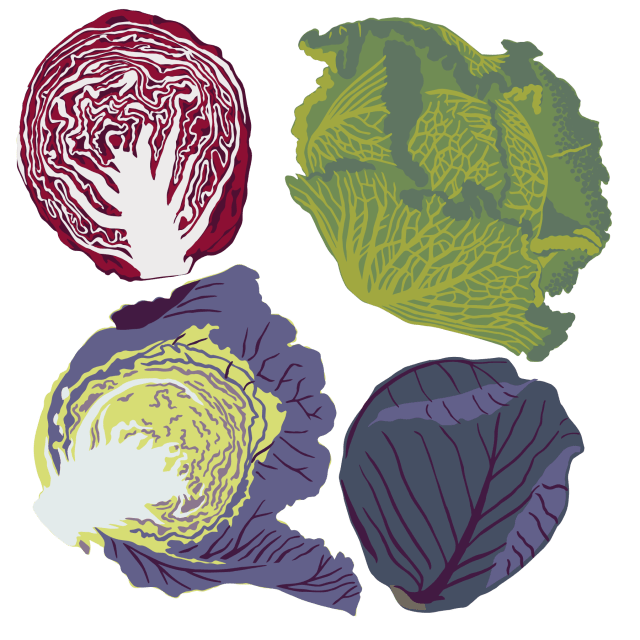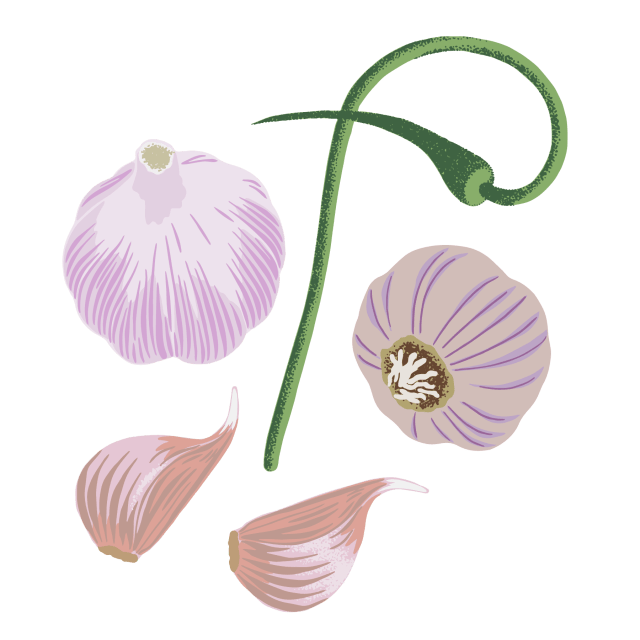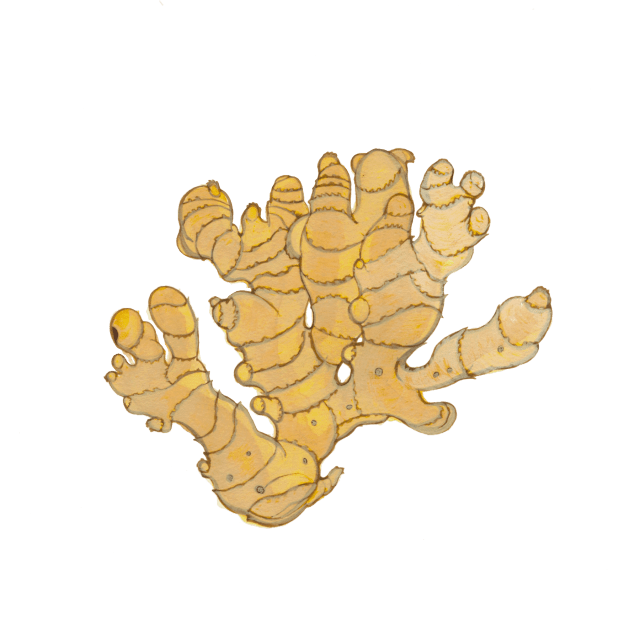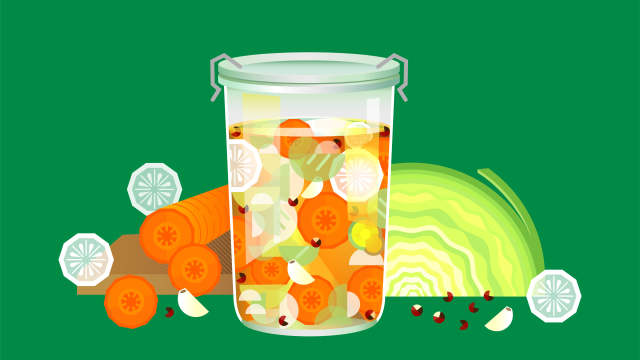Fermented Lemon & Napa Cabbage

Fermented Lemon & Napa Cabbage
Description
This kimchi-inspired ferment is crisp, lemony, and energizing, and adds a freshness to any meal. Napa cabbage, daikon radish, ginger, lemon, and cloves work symbiotically and provide anti-inflammatory and immune-boosting benefits, along with providing vitamins A, B complex, C, and K, iron, and fiber. Fermentation improves the overall availability of these nutrients by improving gut flora.
NOTE
Since the lemons are fermented peel and all, try to source organic fruit.
Ingredients
3 quarts (1.8 kg) MAKES
- 1 cup (273 g) unrefined sea salt
- 1 gallon (3.785 L) unchlorinated water
- 1 large (about 3 lb / 1.36 kg) Napa cabbage
- 2 bunches (about 180 g) scallions, cut crosswise into 1/2-inch (12 mm) pieces
- 2 Tbsp (12 g) fresh ginger, finely grated
- 6 large garlic cloves, finely grated
- 2 lemons, deseeded, quartered lengthwise, and sliced thinly (leave the peel on)
Directions
-
Step 1
Combine the salt and water in a large bowl or pot and stir to dissolve. Set aside. -
Step 2
To prepare the cabbage, remove the coarse outer leaves if needed; rinse a few unblemished ones and set them aside. Rinse the rest of the cabbage in cold water and trim off the root end. Starting at the root end, slice the cabbage lengthwise about halfway through; then pull or split the head completely in half. -
Step 3
Submerge the cabbage halves and the reserved outer leaves in the brine. Use a plate as a weight to keep the cabbage submerged. Set aside, at room temperature, overnight for 8 to 12 hours. Place the cabbages in a colander and drain, reserving about 1/2 cup of the soaking brine. Chop the cabbage into bite-size slices, or larger if you prefer. Put the cabbage into a large bowl with the reserved brine. -
Step 4
Add the green onions, daikon, ginger, and garlic to the cabbage and mix thoroughly, then add the lemon slices and toss the mixture gently. Transfer the cabbage mixture, a few handfuls at a time, into one large jar, a few smaller ones, or a crock if you have one, pressing the mixture with your hands as you go. Add any liquid left in the bowl. If using a large jar fill until you’ve used the mixture. If using smaller jars leave about 2 inches of headspace in each jar, or 4 inches for a crock. Cover the top with the reserved outer leaves, and press down to bring the brine over the top of the leaves, using a fermentation weight if you have one. Loosely lid the jar so gas can escape and set on the counter out of direct sunlight, to ferment in a cool spot for 5 to 14 days. -
Step 5
You will see the colors begin to change as the vegetables ferment. The cabbage will have a translucent quality and the brine will become cloudy. Feel free to taste it in a week. If it’s pickly and sour, you can stop the fermentation here by putting it into the refrigerator. If it is not sour enough for your liking, put everything back in place, and continue to ferment, continuing to “burp” the jar (let air out) and keeping the veggies submerged. -
Step 6
When it is delicious and to your liking, refrigerate. It will keep, refrigerated, for a year or more.









